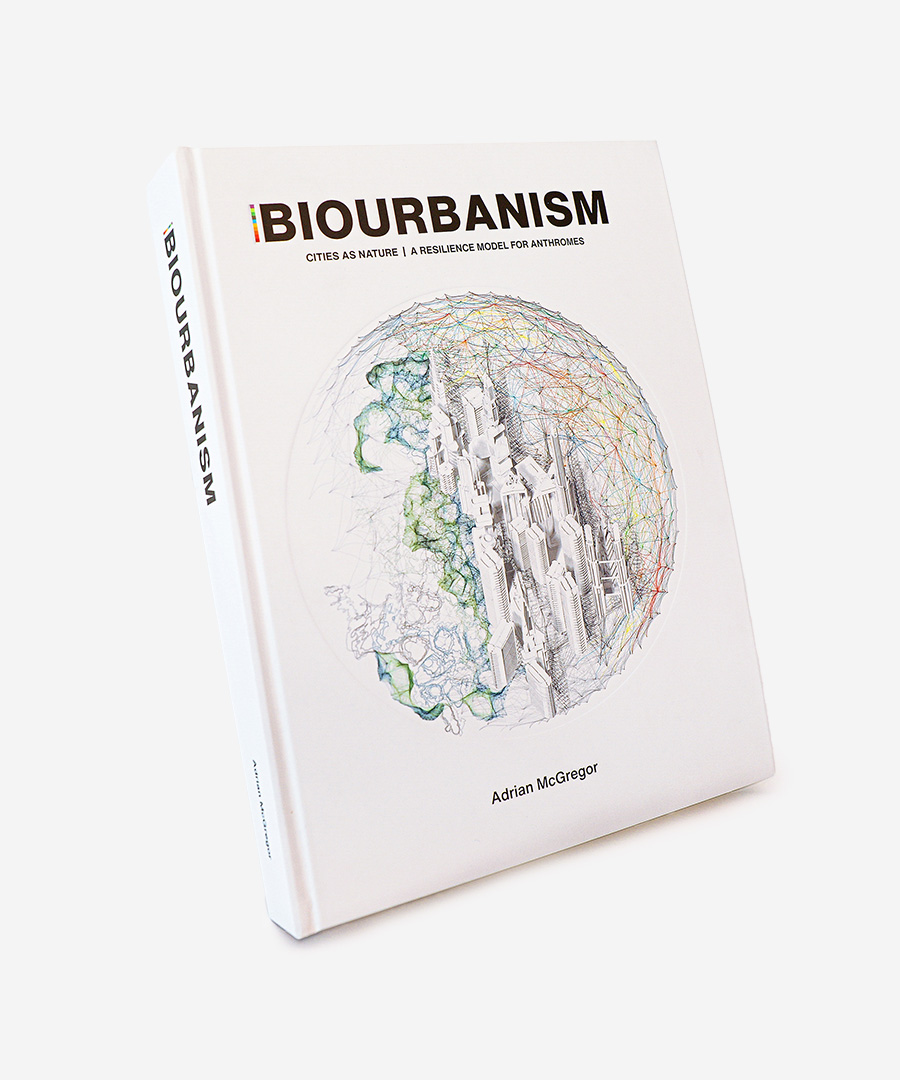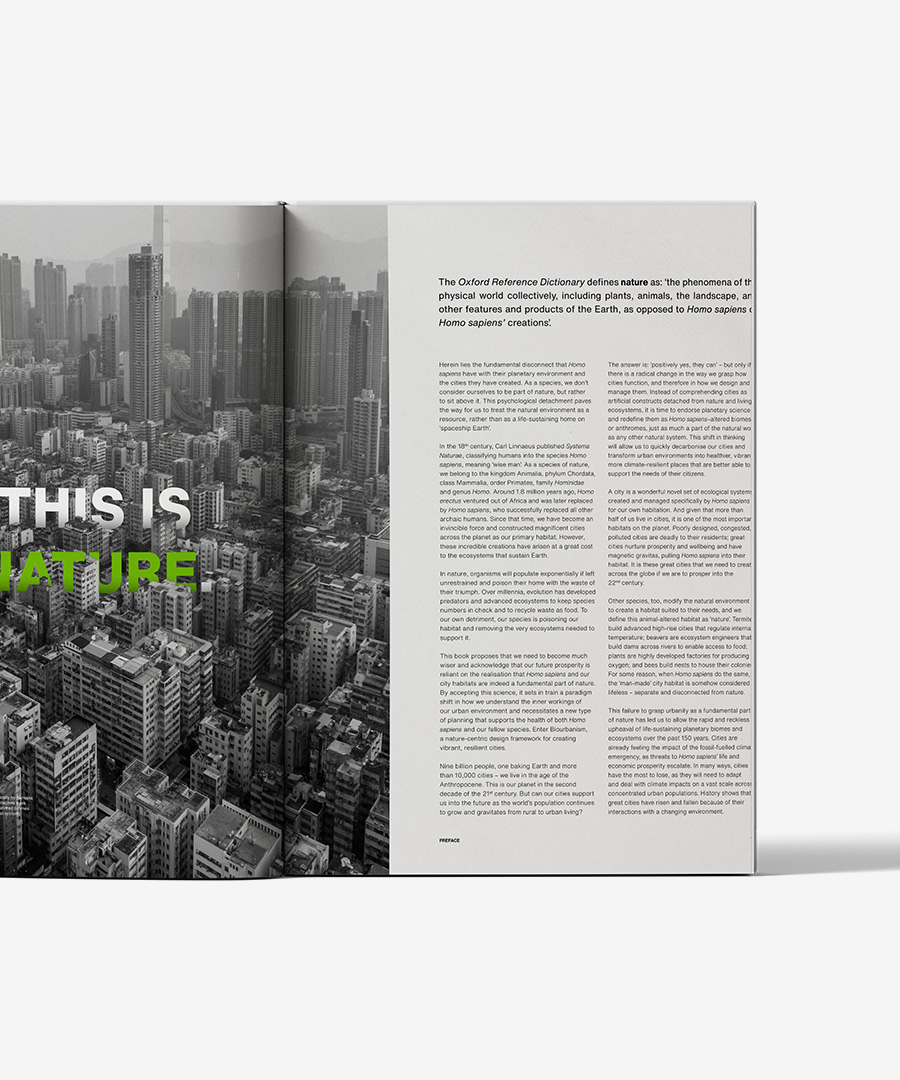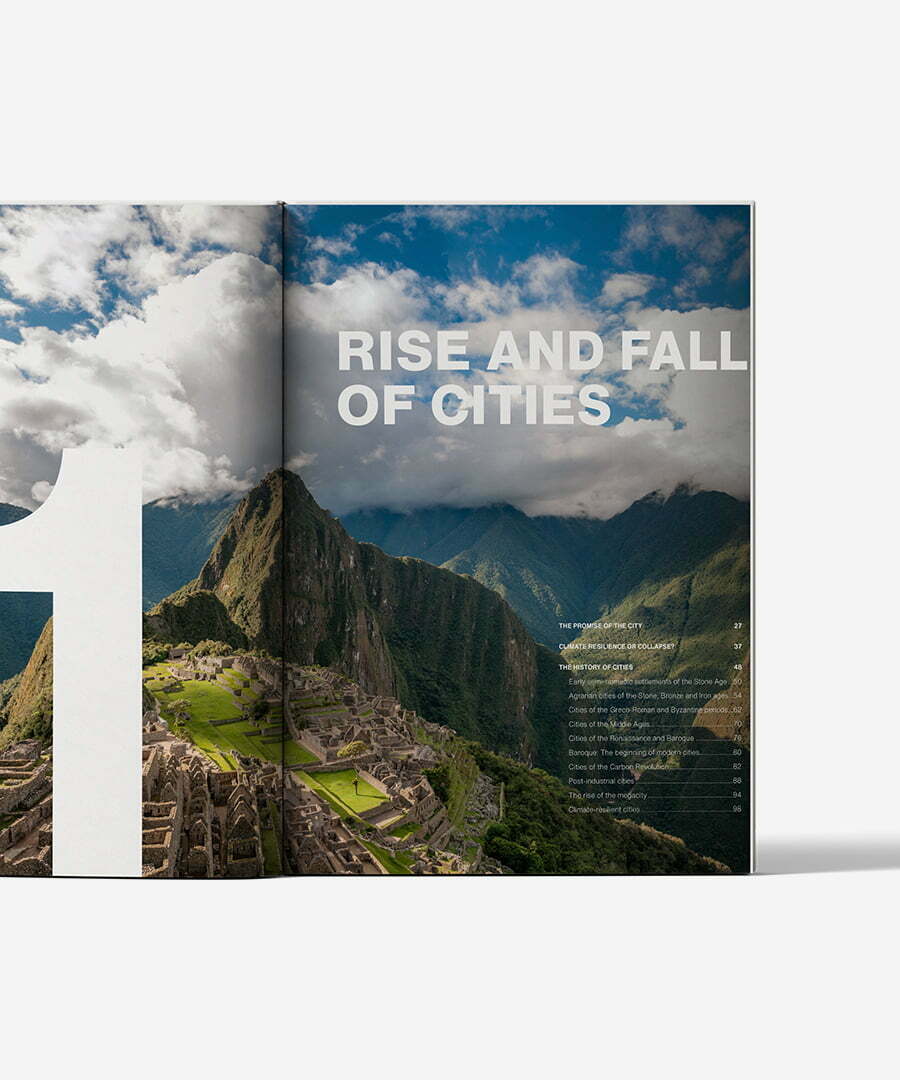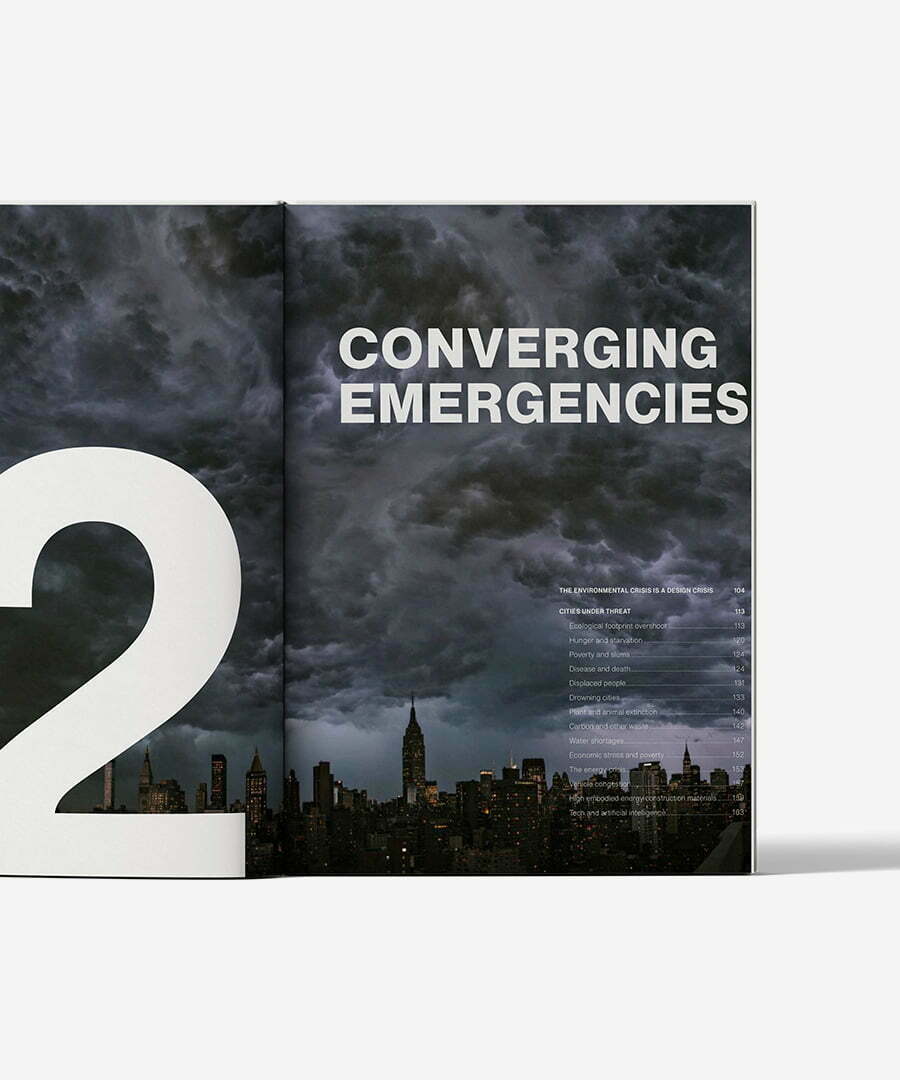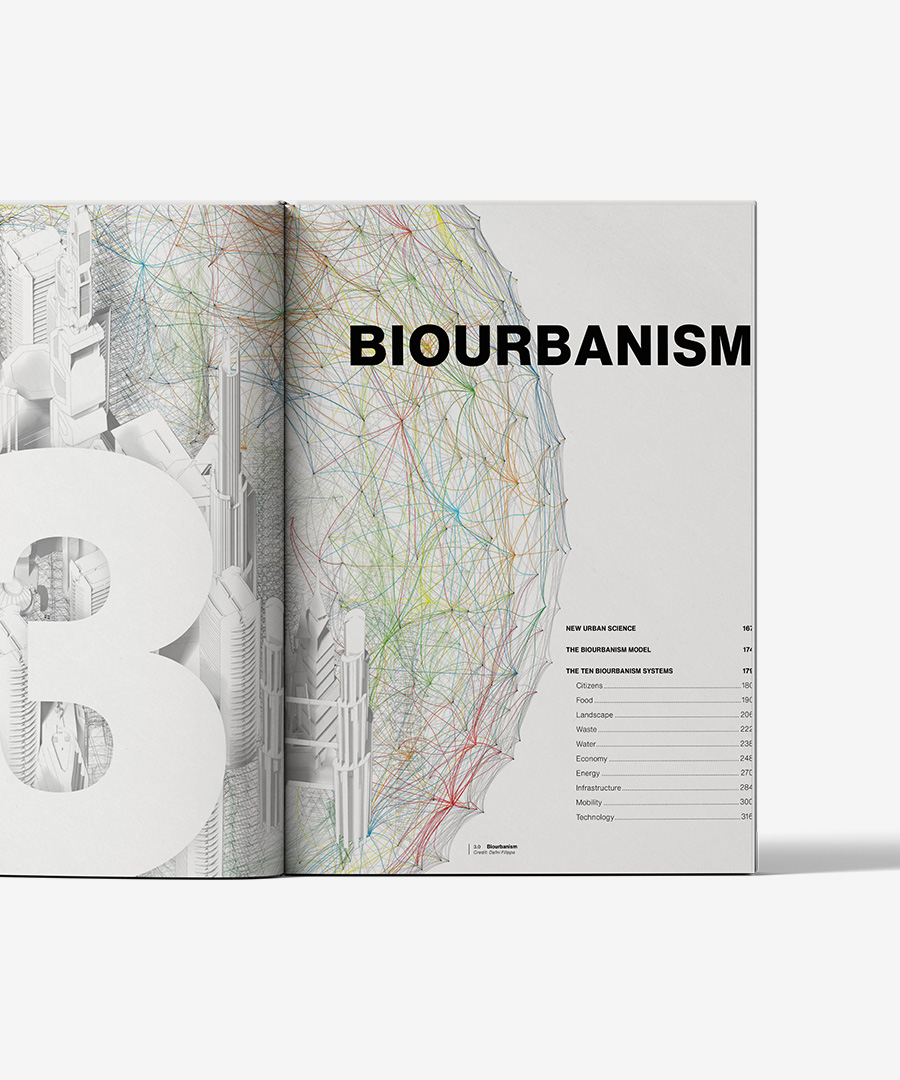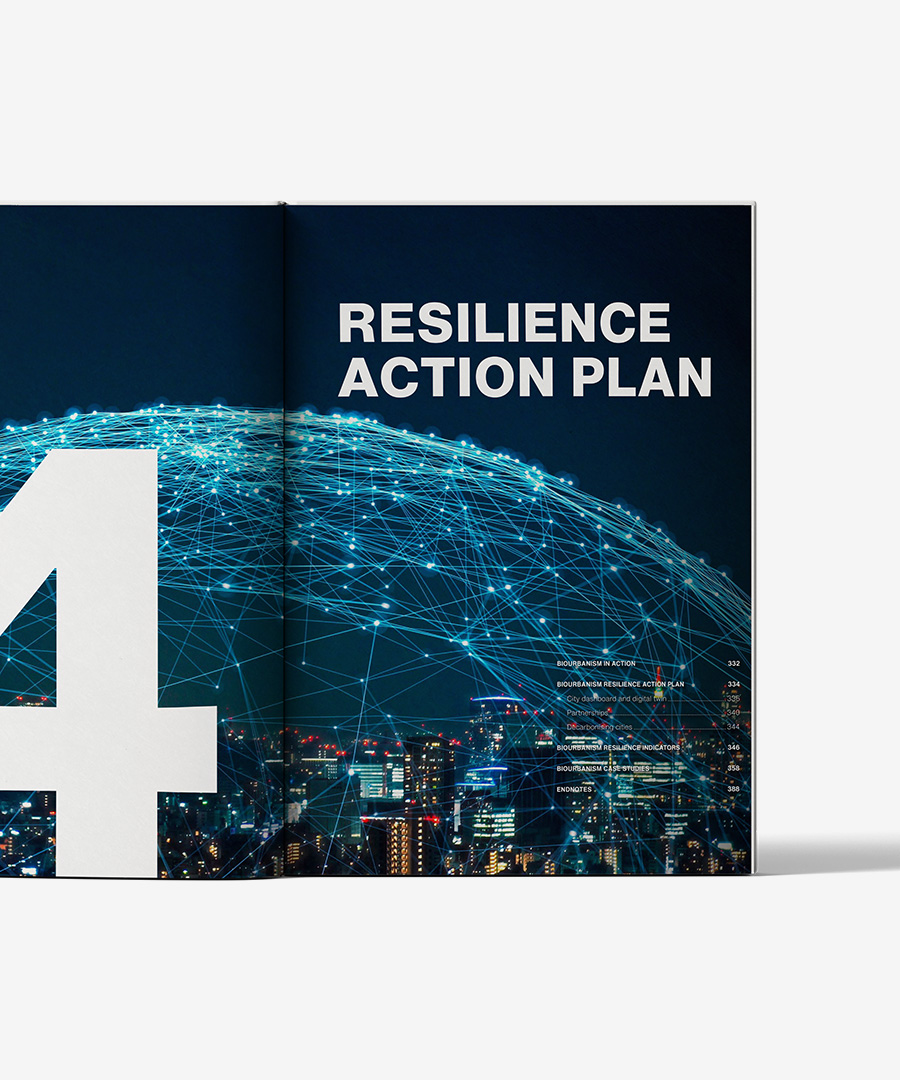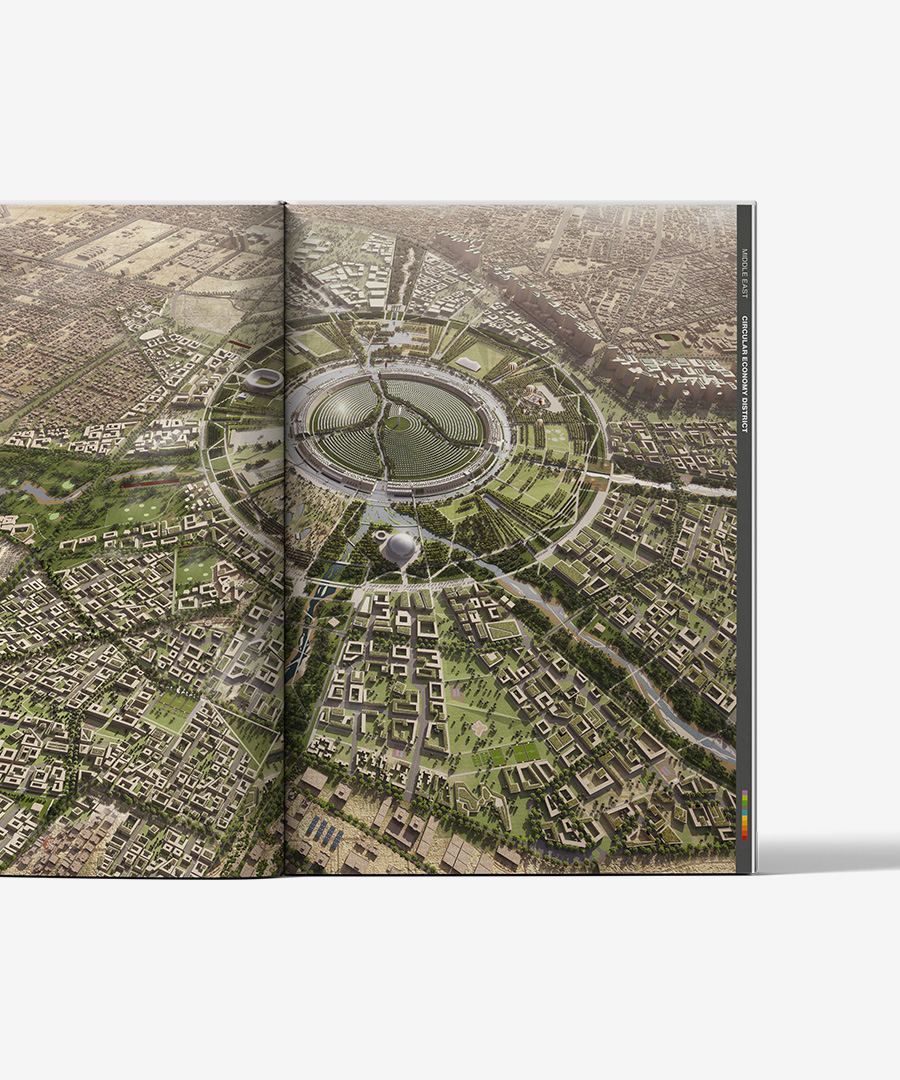Biourbanism
Cities as nature :: a resilience model for anthromes
$165 AUD
Cities are the answer to the climate emergency. The global influence of 21st century cities is unprecedented.
**For anyone in the USA, Europe or Canada wanting to purchase the book, you can do so from the UK Amazon site above.
About the book
In the era of the Anthropocene, the global influence of 21st-century cities is unprecedented. Successfully driving the world economy, they have become the biggest polluters on our only planet. They are now responsible for more than 75 per cent of greenhouse gas emissions and are the primary cause of the climate emergency.
But what if cities were considered part of nature on Earth and held the answer to the climate emergency?
Biourbanism proposes a paradigm shift in thinking by outlining why cities must be understood as a form of human-modified nature, or Anthrome. Founded on landscape architecture, ecology, and planetary sciences, Biourbanism is defined as a systems-based city model that assists mayors, city leaders, designers, planners, and citizens in better understanding the interconnected urban processes of their urban habitats. The model comprises five bio and five urban systems that can be visualised and managed through data, indicators and digital twins.
To maintain prosperity and successfully manage the escalating risk of extreme climate impact on infrastructure, ecosystems and citizens, the time has come for cities to formulate resilience plans rapidly. The answer to the climate emergency is a rapid decarbonisation of the world’s 10,000+ cities and a shift in urban thinking to acknowledge that Homo sapiens and our cities are an intrinsic part of nature.
It’s time to radically rethink and reinvent how cities are designed. Let’s renew our cities to change the course of history.
Chapter 1 | The Rise and Fall of Cities – Outlines the history of cities and their rise and fall.
Chapter 2 | Converging Emergencies – Examines the myriad environmental, economic and social challenges facing cities.
Chapter 3 | Biourbanism – Outlines the Biourbanism model.
Chapter 4 | Resilience Action Plans – Sets out how to create Resilience Plans.
Product details
- Print length: 396 pages
- Language: English
- Publisher: Biourbanism Publishing Pty Ltd
- ISBN-10: 0646853163
- ISBN-13: 978-0646853161
Biourbanism // Cities as nature :: a resilience model for anthromes
